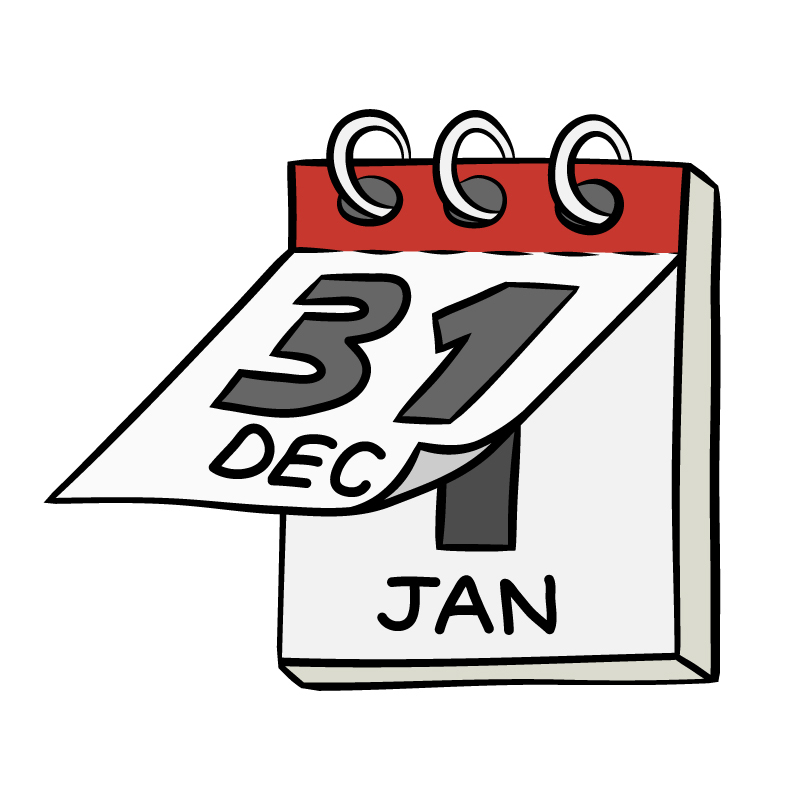December is a month filled with lists. People track presents to buy, holiday greetings to send or parties to attend.
But one of the most important checklists you should be making as the end of the year approaches is actually about your finances, because if you forget about certain deadlines, you may be missing out.
“Most Canadians know we get a benefit from our taxes, but nobody wants to pay more than they have to,” said Paul Shelestowsky, a senior wealth advisor with Meridian.
“By not going through the checklist, most people are leaving money on the table.”
Tax rules may change from one year to the next, but there are several things experts agree everyone should be aware of at year-end to make sure they’re entering the New Year in good financial health.
Tax-loss selling: If you have investments that have gone down in value and you don’t think will recover, you should consider selling them before the end of the year and using that loss to offset any capital gains that you had. That applies to losses you’ve had in the same calendar year, or up to three years back. But pay attention to the currency you used to buy your investment in, to make sure you’re actually dealing with a loss, not a mistaken capital gain, said Jamie Golombek, managing director of tax and estate planning with CIBC in Toronto.

Registered Retirement Savings Plans: While you typically have until the end of February to top up your RRSP contributions, when you turn 71, you have to convert your RRSP into a Registered Retirement Income Fund, or a RRIF, by the end of that year. So if you’ve turned 71 and want to make a final RRSP contribution, you need to make it before December 31. If, on the other hand, you have to make a withdrawal from your RRSP or need money from your RRIF, you should try to delay making a move until January so that you won’t have to pay the tax until April of the following year.
Registered Education Savings Plans: Unlike RRSPs, which allow for contributions until late February, the deadline to contribute to RESPs is December 31st. You can catch up on unused contribution room, but only one year at a time. It’s important to make your contributions before the New Year, Shelestowsky says, because if you miss the deadline, those rules make it a lot harder to catch up.
Tax-Free Savings Accounts: It’s always a good idea to think about the rules around any savings vehicle to make sure you’re getting the most out of it. If you need to take money out of your TFSA, for instance, think about doing that in December instead of waiting for January. As Golombek notes, you can repay your withdrawals beginning the following calendar year, so if you took out $25,000 from your TFSA to buy a car in January, you wouldn’t be able to put it back in until the next January. If you took it out in December, however, you could put it back in the following month if you happen to run into some money.
Payments: There are certain payments that have to be made by the end of the year, including interest expense on money borrowed to buy investments or for business and spousal support, as well as medical and childcare expenses.
Charity: If you want to get a donation receipt for the current year, you’ve got to make that charitable donation by the end of that year. That applies to regular cash donations, but Golombek says December is also a good opportunity to look at the winners in your portfolio and think about whether you may want to donate those to charity and save some tax along the way. “Right now is when we think of tax-loss selling, (but there’s also what) I sometimes call ‘tax-gain donating,’ because there’s a special rule that says if you give appreciated shares or provincial funds to charity, not only do you get a receipt for the fair market value, but you pay no capital gains tax on that appreciation,” he said.
Specific Changes: Tax breaks can change from year to year, so it’s important to stay current. At the end of 2015 in Canada, for instance, proposed changes by the new Liberal government mean those earning between $45,000 to $90,000 a year may want to defer bonuses or wait to realize some gains until 2016 because tax brackets for middle-earners are expected to be cut. If you’re earning more than $200,000, you’ll likely see a tax increase in 2016, so you should take as much income as you can before December 31 to avoid paying more tax on that money.
Everyone’s situation is different, so some of the items on the checklist may not apply to you. What’s crucial, experts say, is to take the time to go through a financial checklist as the end of the year approaches, to make sure you know where your finances stand and what changes may be coming that you can take advantage of.
“By looking at it at the end of each year, you’re kind of prepped for the coming changes for the next year,” said Shelestowsky.
“It’s not so much that people would get penalized, it’s more that they’re missing out on opportunities to pay less. ”




